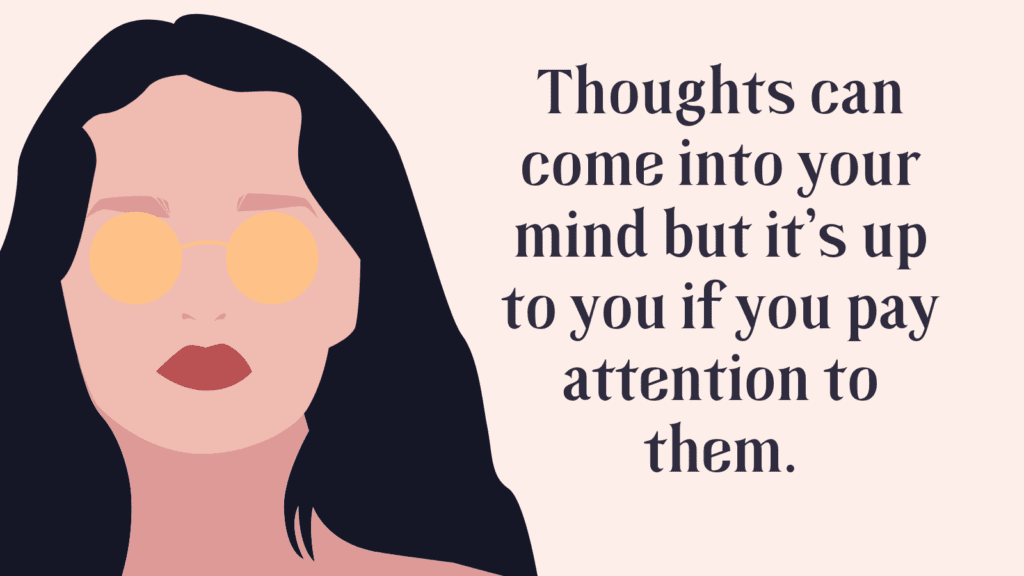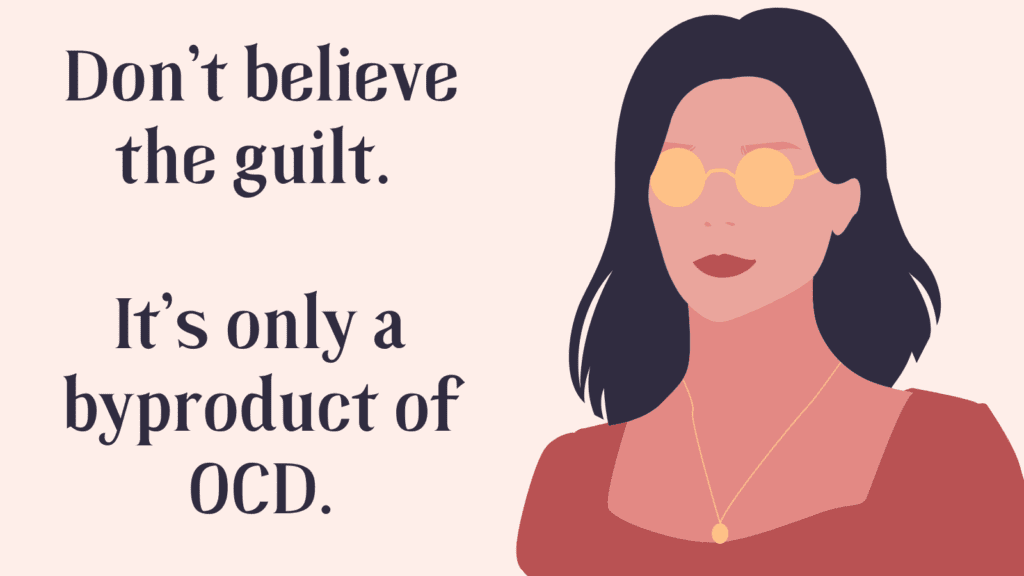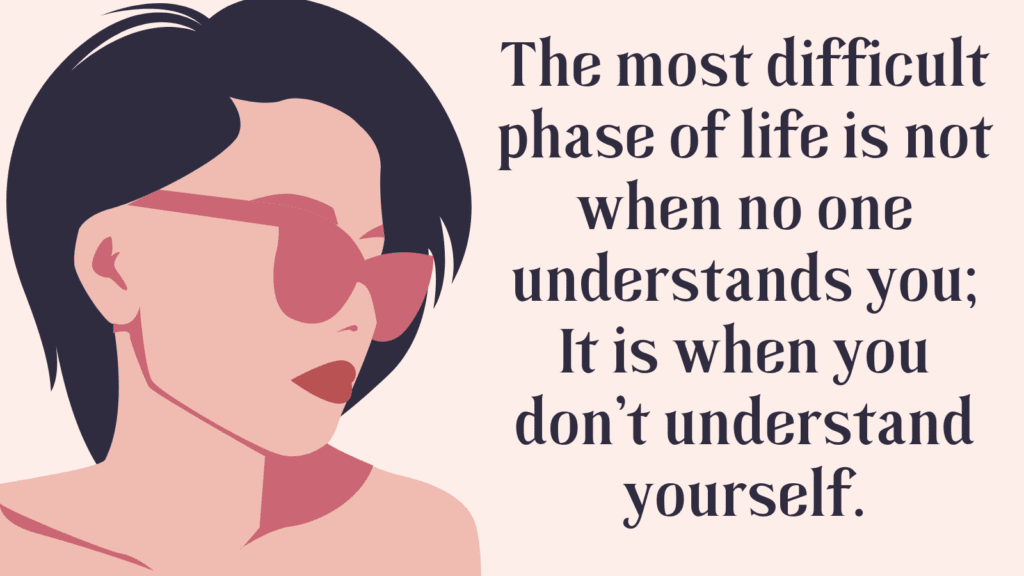This post contains compulsive decluttering test along with helpful tips on how to stop compulsive decluttering.
Most people think of decluttering as a good thing, which it is…within reasonable limits.
However, for some people decluttering can twist a normal, healthy behavior, and become compulsive, leading to negative consequences.
Living in a culture that embraces decluttering can make it hard to seek help.
Compulsive Decluttering: The Opposite Of Hoarding
What Is Compulsive Decluttering?
Compulsive Decluttering is a behavior that is marked by an excessive desire to discard objects. (*)
Is compulsive decluttering a mental illness?
Is It OCD?
At its extreme, Compulsive Decluttering can be part of a subtype of OCD known informally as Obsessive-Compulsive Spartanism.
Obsessive-Compulsive Spartanism is still an under-researched area. And evidence about obsessive decluttering is largely anecdotal.
Unlike hoarding, which was officially reclassified as a disorder in 2013, Obsessive-Compulsive Spartanism is not in the Statistical Manual of Mental Disorders (DSM-5-TR).
OCD sufferers can throwing literally every belonging, even the ones they need, like chairs and find themselves in empty houses. (*)
How is compulsive decluttering different from regular decluttering?
Compulsive decluttering involves an intense emotional attachment to possessions and an inability to discard them, whereas regular decluttering focuses on making intentional choices to keep or discard items based on usefulness or sentimentality.
Compulsive Decluttering Test
The following questions represent common signs of compulsive decluttering:
Results
#1. Do you experience excessive levels of guilt or anxiety at the thought of how many things you have?
#2. Do you feel overwhelmed by clutter or when you’re not down to the ‘perfect’ selection of items yet?
#3. Do you experience disproportionate levels of relief or satisfaction when you throw something out?
#4. Do you find yourself frequently purging items only to regret throwing them soon after and even repurchase them again?
#5. Do you feel anxious when you receive gifts because you need to find a way to toss it out?
We will not sell your information. All results are kept confidential.
This quiz is for informational purposes only. It is not meant as a diagnostic or assessment tool.
Results
The questions above represent common signs of compulsive decluttering. If you answered yes to most of these questions, then compulsive decluttering may be a problem for you.
Related: How to Support Someone With OCD: 7 Practical Ways You Can Help Someone With OCD
Compulsive Decluttering Causes
Like other types of compulsions, compulsive decluttering is a learned behavior, which becomes repetitive and habitual when associated with relief from anxiety.
Compulsions can also be genetic and hereditary.
Is Minimalism To Blame?
Minimalism (or decluttering) on its own is not a problem…within reasonable limits.
It’s when decluttering and minimalism become compulsive and leads to negative consequences, such as emotional distress, financial loss, and time waste, that it becomes problematic.
In this sense, living a minimalist lifestyle (or voluntary renunciation of material goods) is not a mental disorder.
How To Stop Compulsive Decluttering In 8 Steps
How do I stop my compulsive urges?
There is no specific treatment for compulsive decluttering.
But whether it’s a form of OCD or not, compulsive decluttering can be managed using OCD treatment.
Note: If you suffer from OCD or experience obsessive thoughts, it’s best to work with a therapist. Find a mental health care provider near you, by calling 1-800-662-HELP (4357). If you feel suicidal, please check out this list of hotlines.
#1. Become Aware of Your Urges to Declutter
The urge to declutter is an intrusive thought that caught your attention more than the other automatic thoughts we experience almost non-stop.
It’s easier to refrain from acting on the urge to declutter when you become mindful of it.
This way, rather than automatically decide that you need to act on the thought to neutralize the distress and bring relief, you can consciously observe the thought and decide how best to act.
Try This: Detached Mindfulness Exercise
This exercise will help you increase your self-awareness and become more mindful in general.
Make it a habit to spend at least 10 minutes every day to practice it.
You may use a timer so you won’t worry about time.
1. Find a quiet space where you will not be interrupted, and sit in a comfortable position.
2. Gently close your eyes and take a slow, deep breath into your belly and feel it expand as you inhale and grow smaller as you exhale.
3. Take a few moments to mentally scan your body for any area of tension, relax that area and release the tension, breathing it out.
4. Notice any painful emotions you may be experiencing and allow them to flow out with each breath out.
5. As thoughts enter your mind, simply allow them to flow out with the breath. Notice them without engaging in them or judging yourself for having them. Simply bring your focus back to your breathing.
6. When you finish, notice the feeling of your body and breath. Just notice without judging.
Related: How To Practice Mindfulness In Everyday Life? Top 6 Easy Mindfulness Exercises To Practice Daily
#2. Reframe Your Intrusive Thoughts
A thought is just a thought.
It’s our interpretation or appraisal that gives meaning to our thoughts.
You may believe that if you’re having these thoughts and if you’re feeling this distress, then you should act on the urge to declutter.
But having the urge to declutter doesn’t mean you have to act on it.
And while acting on your urges may bring relief (often with negative consequences), there are other, healthier ways to feel that relief.
Try this: Challenge Your Beliefs Around Decluttering
Compulsive decluttering is characterized by a belief that it’s not okay to keep a certain item and that you should get rid of it.
Rather than acting on this urge, consider that this is your compulsive decluttering speaking and that this belief might not be true.
If you struggle with compulsive decluttering, chances are, you don’t have a hoarding issues and it’s okay to keep items around a while longer.
Related: How to Challenge Negative Core Beliefs? The Ultimate Guide To Change Negative Beliefs

#3. Let Go Of Using Your Feelings As A Guide
We often use our emotions as a guide for appraising our intrusive thoughts.
For example, if you feel fear, you may assume that you are in danger.
Strong emotions like guilt or fear can alert us to a problem.
However, when you struggle with a compulsive behavior, like compulsive decluttering, your natural self-preservation mechanism starts to over-function and ceases to its function.
It becomes important to take the time and logically assess the situation.
Try this: Use An Outsider’s Perspective
When you feel the urge to declutter, imagine having a twin who doesn’t struggle with compulsive decluttering.
Ask yourself, “What would my twin do in this situation?”
Related: Reframing Negative Thoughts: How To Stop Overthinking And Relax? (Top 10 Techniques)
#4. Redirect Your Attention
If you’re struggling with compulsive decluttering, you’re likely used to be very attentive to decluttering-related thoughts.
This can only feed into your urges.
Instead, train yourself to pay less attention to these thoughts by redirecting your attention.
Choose to redirect your attention back to a certain task you’re already engaging in.
You can also strengthen your ability to redirect your attention by practicing the following exercise:
Choose two or three sounds to listen to at the same time, such as a song playing on your phone, traffic noise, TV, etc. Focus on each sound for a minute or two before you move on to the next sound.
#5. Exposure and Response Prevention therapy ERP
ERP therapy is a behavioral therapy that gradually encourages you to face your fears and let obsessive thoughts occur without ‘neutralising’ them with compulsions. (source)
This means exposing yourself to clutter and tolerating the urge to declutter (exposure) without acting on it (prevention).
Try this: Use Exposure and Response Prevention Therapy ERP to Reduce Compulsive Decluttering
Compulsive decluttering is characterized by a need for relief.
Rather than acting on this urge, think of this as an exercise in figuring out how to tolerate discomfort and challenge yourself not to engage in any compulsive behavior.
#6. Get Rid of Them Without Throwing Them Away
Compulsions, although they bring relief, they reinforce the belief that it’s wrong to experience intrusive decluttering-related thoughts and that you need to act on them to find relief.
The goal from working on reducing compulsive decluttering is to learn how to tolerate the urge to declutter without acting on it. This frees you from the chains of your intrusive thoughts and helps you challenge your beliefs around owning things.
However, as you gradually learn to expose yourself to and tolerate your urge to declutter, it can be helpful to find ways to deal with things you own other than throwing them.
Try This:
Ask yourself, “Is there any way I can find relief without throwing things away?”
If you feel overwhelmed and need to get something out, it may be helpful to instead move it somewhere else.
For example, you may put the clothes you want to throw in boxes and move them to another closet you don’t use or open often.
If you tend to delete digital files, keep a folder where you won’t see it and move files you want to get rid of. You may also upload them on a storage service (like Google drive or Dropbox).
#7. Define Your Values
Compulsive decluttering can become a major part of your life and get in the way of achieving your goals and living a fulfilling life.
This is when you need to make a choice based on your values in life and what really matters to you.
Try This: Reclaim Back Your Life
To clarify your values, try answering the following questions:
What do you want people to remember you for?
What do you think you’ll need to feel you’ve lived well?
How well does your current life fit in with living that way?
Reminding yourself of what’s really important to you can make resisting your urges to declutter so much easier.
Related: Basic Principles of Stoicism: 10 Rules for a Good, Happy Life From the Stoics
List of Values
#8. Work With A Therapist
Working with a professional will be a great support, especially if you find that your compulsive decluttering is having a negative impact on your day-to-day life.
It’s important to find a therapist who feels like a good fit for you.
How can I support someone with compulsive decluttering?
Supporting someone with compulsive decluttering can play a crucial role in their recovery. Here are some suggestions:
1. Educate yourself
Learn more about compulsive decluttering, its causes, and potential treatments.
This will help you better understand the challenges they face.
2. Offer empathy and understanding
Show compassion and empathy towards their struggles.
Avoid judgment or criticism, as it may increase their feelings of shame or guilt.
3. Encourage professional help
Suggest that they seek assistance from a mental health professional who specializes in hoarding disorder or compulsive behaviors.
Offer to help them find resources or accompany them to appointments if they’re comfortable with it.
4. Be patient
Recovery from compulsive decluttering is a process, and it takes time.
Be patient with their progress and setbacks, and avoid pressuring them to change too quickly.
5. Assist with practical tasks
Offer to help them develop organizing strategies or assist with decluttering sessions, but only if they explicitly request your involvement.
Respect their boundaries and decisions regarding their possessions.
6. Focus on emotional support
Encourage them to express their feelings and offer a listening ear.
Validate their emotions without trying to fix the problem or minimize their experiences.
7. Promote self-care
Encourage them to prioritize self-care activities such as exercise, relaxation techniques, or engaging in hobbies they enjoy.
These activities can help reduce stress and provide healthier outlets for emotional regulation.
8. Maintain open communication
Keep communication lines open and check in on how they’re doing regularly.
Express your concern and let them know that you’re there to support them.
9. Avoid enabling behaviors
While it’s important to be supportive, avoid enabling their compulsions by excessively validating or participating in their decluttering rituals.
Encourage them to challenge their beliefs and seek professional guidance.
Remember, each person and situation is unique, so it’s essential to respect their individual needs and preferences.
Your support can make a significant difference in their journey towards recovery.
Conclusion
Recovery from compulsive decluttering means to stop seeing stuff as a problem to get rid of.
Instead, you allow stuff to exist and acknowledge that you can still live your life.
That doesn’t mean that you risk becoming a hoarder. It’s even unlikely to happen, but it’s important to keep rational ideas around what it means to be a hoarder and how much stuff it’s reasonable to own.
References
- Compulsive decluttering – Wikipedia
- Obsessive Decluttering (psychcentral.com)
- Compulsive Decluttering: The Opposite of Hoarding – The Atlantic
- Compulsive tidying can lead to throwing away everything you own | Metro News







